
How to Maximize the Benefits of Hydrophilic Fiber for Enhanced Material Performance
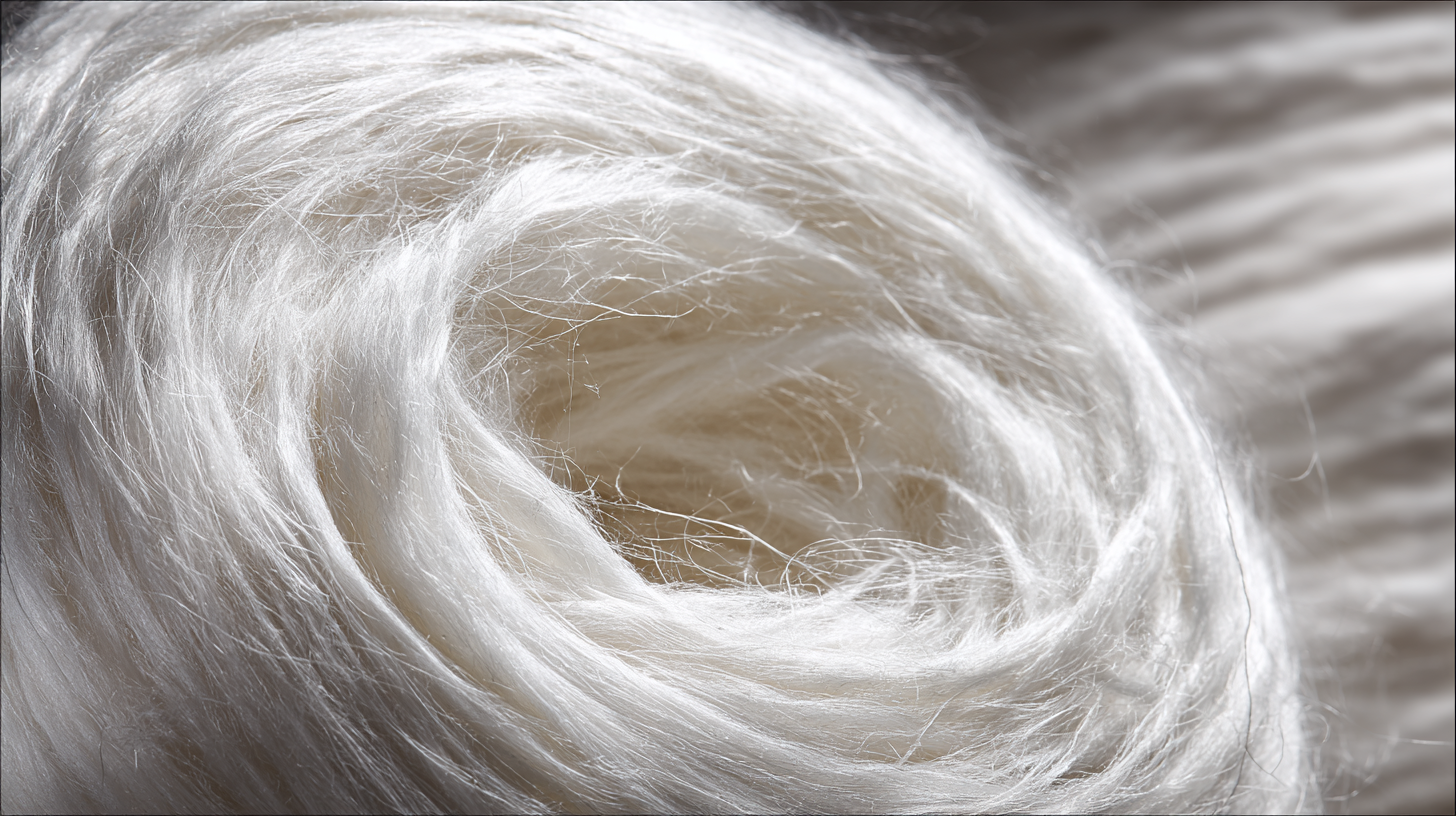 The growing demand for advanced materials in various industries has propelled the adoption of hydrophilic fibers due to their unique properties and versatility. Hydrophilic fibers, known for their ability to absorb moisture and enhance comfort, have become increasingly vital in sectors such as textiles, medical applications, and construction. According to a recent report by Market Research Future, the global hydrophilic fiber market is projected to reach USD 3.5 billion by 2027, growing at a CAGR of 6.2% from 2020 to 2027. This growth is attributed to the fiber's superior moisture management, durability, and eco-friendly characteristics, which meet the evolving needs of consumers and producers alike. As industries strive for enhanced material performance, understanding how to maximize the benefits of hydrophilic fibers will be crucial for fostering innovation and competitiveness in today’s marketplace.
The growing demand for advanced materials in various industries has propelled the adoption of hydrophilic fibers due to their unique properties and versatility. Hydrophilic fibers, known for their ability to absorb moisture and enhance comfort, have become increasingly vital in sectors such as textiles, medical applications, and construction. According to a recent report by Market Research Future, the global hydrophilic fiber market is projected to reach USD 3.5 billion by 2027, growing at a CAGR of 6.2% from 2020 to 2027. This growth is attributed to the fiber's superior moisture management, durability, and eco-friendly characteristics, which meet the evolving needs of consumers and producers alike. As industries strive for enhanced material performance, understanding how to maximize the benefits of hydrophilic fibers will be crucial for fostering innovation and competitiveness in today’s marketplace.
Understanding Hydrophilic Fibers: Key Characteristics and Benefits
Hydrophilic fibers, known for their ability to attract and absorb moisture, play a crucial role in enhancing material performance across various industries. These fibers are characterized by their high affinity for water, resulting in increased comfort and functionality in textiles. According to market research conducted by Smithers Pira, the demand for hydrophilic fibers in the apparel sector is projected to grow by 5.1% annually through 2025, driven by their applications in activewear, outdoor gear, and medical textiles.
One of the key benefits of hydrophilic fibers is their moisture management properties. They can wick away sweat from the skin, keeping the wearer dry and comfortable during physical activities. This feature not only enhances performance but also reduces the risk of skin irritations. For manufacturers looking to integrate hydrophilic fibers into their products, it's essential to consider the fiber blend. Combining hydrophilic fibers with synthetic materials can improve durability and stretchability, making the final product more versatile.
**Tips**: When selecting hydrophilic fibers, consider the fiber's specific moisture absorption rate and drying time. Additionally, testing various blending ratios can help you achieve the ideal balance between comfort and performance. Lastly, ensure that your dyeing techniques are compatible with these fibers to maintain their functional properties after production.
Maximizing the Benefits of Hydrophilic Fiber
The Science Behind Hydrophilicity: How Water Affinity Enhances Performance
Hydrophilicity, defined by the affinity of a material for water, plays a crucial role in enhancing the performance of various products, particularly in the textile and material science industries. When a fiber exhibits hydrophilic properties, it attracts and binds water molecules, which significantly influences the material's functionality, comfort, and durability. For instance, hydrophilic fibers can improve moisture management, ensuring that sweat is absorbed and evaporated effectively, which is essential for athletic wear and outdoor clothing. This water affinity not only enhances breathability but also contributes to a better feel against the skin, making it a preferred choice for everyday apparel.
Moreover, the science behind hydrophilicity extends to its impact on the chemical and physical properties of materials. Hydrophilic fibers often exhibit superior dye uptake and retention, leading to more vibrant colors and longer-lasting finishes. Additionally, the presence of water can facilitate chemical reactions, such as those required for treating and finishing textiles, ultimately resulting in improved performance characteristics like increased tensile strength and reduced pilling. This synergy between water and material properties underscores the importance of harnessing hydrophilic fibers in innovative designs, highlighting the potential for enhanced durability and functionality across various applications.
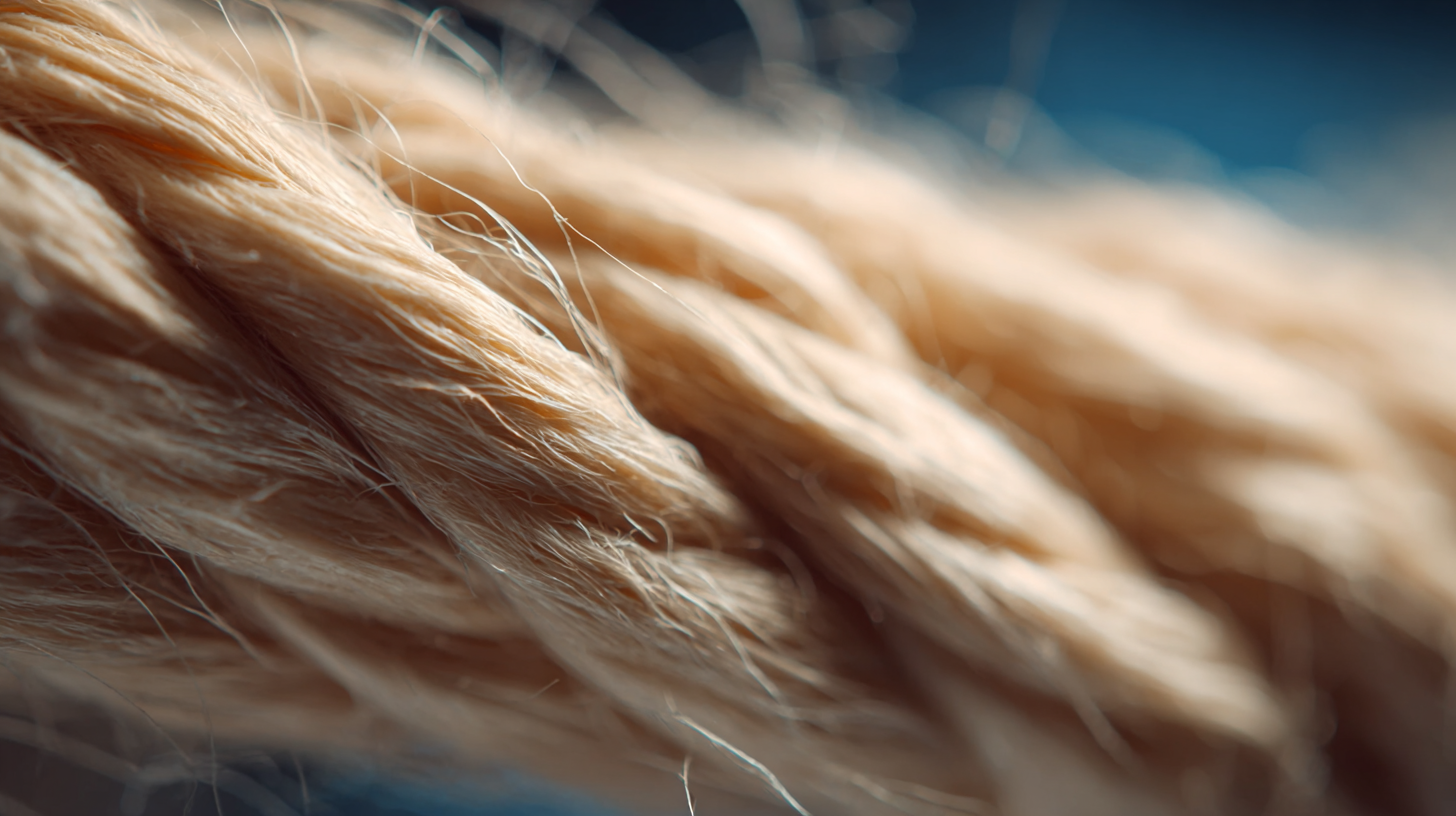
Applications of Hydrophilic Fibers in Various Industries
Hydrophilic fibers are becoming increasingly important across various industries due to their unique properties, which can significantly enhance material performance. These fibers have the ability to absorb moisture, making them ideal for applications in textiles, medical devices, and packaging materials. In the textile industry, hydrophilic fibers contribute to improved comfort and moisture management, allowing for better performance in activewear and other specialized clothing. Their high absorbency also makes them invaluable in personal hygiene products, providing comfort and safety.
In the medical field, hydrophilic fibers are used in wound dressings and surgical textiles, where moisture control is essential for healing. Their ability to wick away fluids while maintaining a dry surface can prevent infections and promote faster recovery. Additionally, these fibers play a critical role in sustainable packaging solutions, as they can be designed to be biodegradable and reduce environmental impact. As industries continue to explore innovative uses for hydrophilic fibers, their versatility will undoubtedly lead to enhanced material performance and broaden their applications even further.
Innovative Techniques to Optimize Hydrophilic Fiber Integration
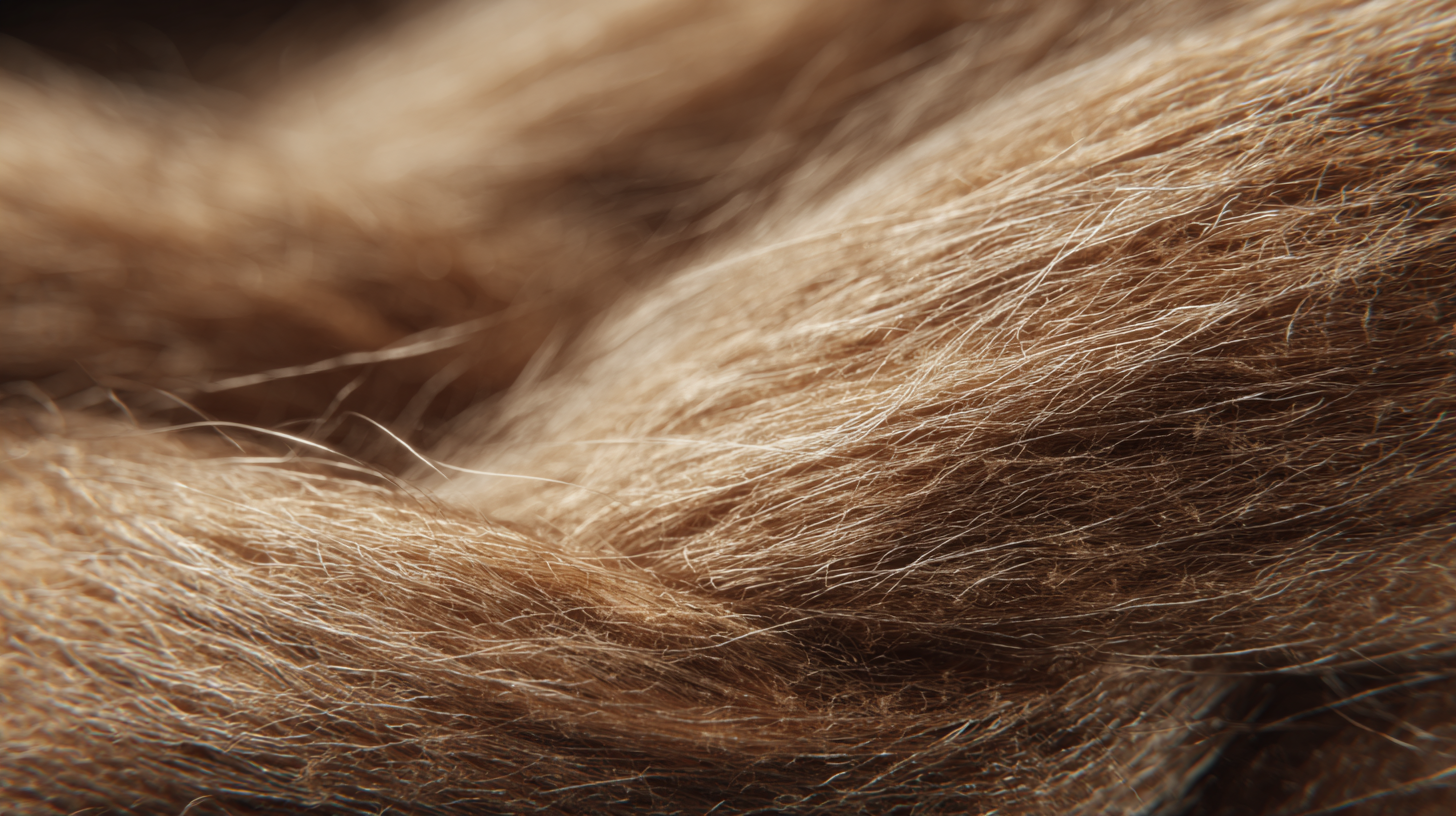 Innovative techniques play a crucial role in optimizing the integration of hydrophilic fibers into various materials, enhancing their overall performance. One promising approach is the use of advanced blending methods, where hydrophilic fibers are combined with traditional materials at different stages of production. This can lead to the creation of composites that leverage the moisture-wicking properties of hydrophilic fibers while maintaining the structural integrity of the base material. Such techniques not only improve comfort and usability in applications like textiles but also extend the lifespan of the products.
Innovative techniques play a crucial role in optimizing the integration of hydrophilic fibers into various materials, enhancing their overall performance. One promising approach is the use of advanced blending methods, where hydrophilic fibers are combined with traditional materials at different stages of production. This can lead to the creation of composites that leverage the moisture-wicking properties of hydrophilic fibers while maintaining the structural integrity of the base material. Such techniques not only improve comfort and usability in applications like textiles but also extend the lifespan of the products.
Additionally, surface modification of hydrophilic fibers can significantly enhance their interaction with other materials. By applying coatings or using chemical treatments, manufacturers can increase the fiber's affinity for moisture and improve its bonding with polymers or other composites. This can result in materials that display superior absorbency, breathability, and durability. Implementing these innovative strategies allows for the creation of high-performance textiles and products that meet the demanding needs of consumers and industries alike, setting a new standard in material performance.
Future Trends: The Role of Hydrophilic Fibers in Sustainable Material Development
As the emphasis on sustainability in material development grows, hydrophilic fibers are emerging as a pivotal component in this shift. These fibers, known for their ability to absorb moisture and enhance breathability, play a significant role in creating eco-friendly textiles that prioritize comfort and performance. With advancements in technology, manufacturers are now able to engineer hydrophilic fibers from sustainable resources, such as organic cotton and recycled PET, reducing environmental impact while meeting consumer demands for high-quality materials.
Looking ahead, the integration of hydrophilic fibers into diverse applications is expected to expand. Industries ranging from fashion to healthcare are recognizing the benefits of these materials, which not only improve product functionality but also align with sustainable practices. Innovations such as biodegradable hydrophilic fibers and eco-conscious dyeing techniques are paving the way for a future where material performance and environmental responsibility go hand in hand. As consumers become more conscious of their choices, the demand for hydrophilic fibers is likely to surge, driving further research and development in this exciting field.
How to Maximize the Benefits of Hydrophilic Fiber for Enhanced Material Performance - Future Trends: The Role of Hydrophilic Fibers in Sustainable Material Development
| Dimension | Current Status | Future Trends | Sustainability Impact |
|---|---|---|---|
| Water Absorption Rate | High (up to 300% in some fibers) | Innovative blends with other materials | Reduced water footprint in textile production |
| Biodegradability | Partially biodegradable | Fully biodegradable options under development | Less environmental pollution |
| Thermal Regulation | Effective moisture wicking | Smart textiles with temperature control | Improved comfort and performance in various climates |
| Durability | Moderate wear resistance | Enhanced fibers with higher durability | Longer product life cycles, reducing waste |
| Production Methods | Conventional methods dominate | Sustainable production technologies | Lower energy and resource consumption |
Related Posts
-
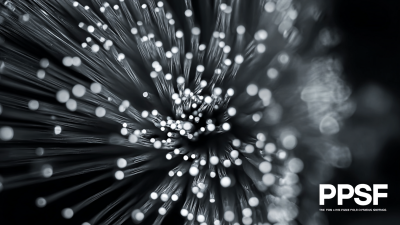
Discover the Advantages of Best PSF Fiber: Improving Efficiency and Reducing Costs in Manufacturing
-

Exploring Sustainable Everyday Sanitary Pad Fiber Alternatives for Eco Conscious Consumers
-

7 Best Ways to Utilize Hydrophobic Natural Fibers in Sustainable Fashion
-

Exploring the Future of Best Polypropylene Concrete Innovations and How to Leverage Them by 2025
-
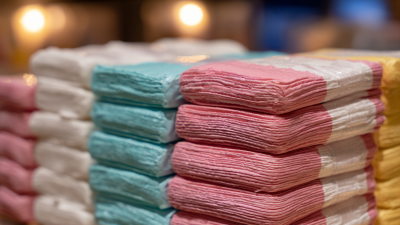
Understanding the Production Standards for the Best Everyday Sanitary Pads Fiber in the Global Market
-

5 Smart Tips to Choose the Right Fiber Polypropylene for Your Needs



